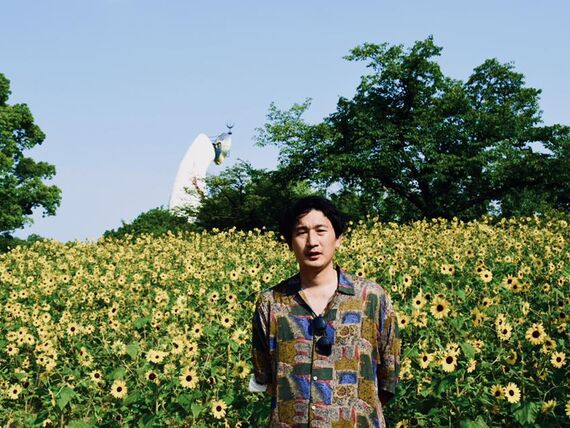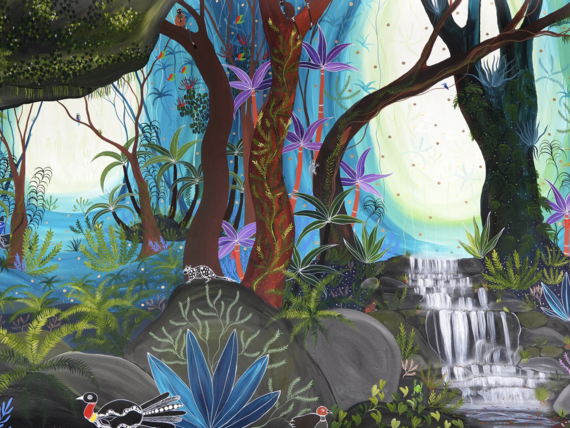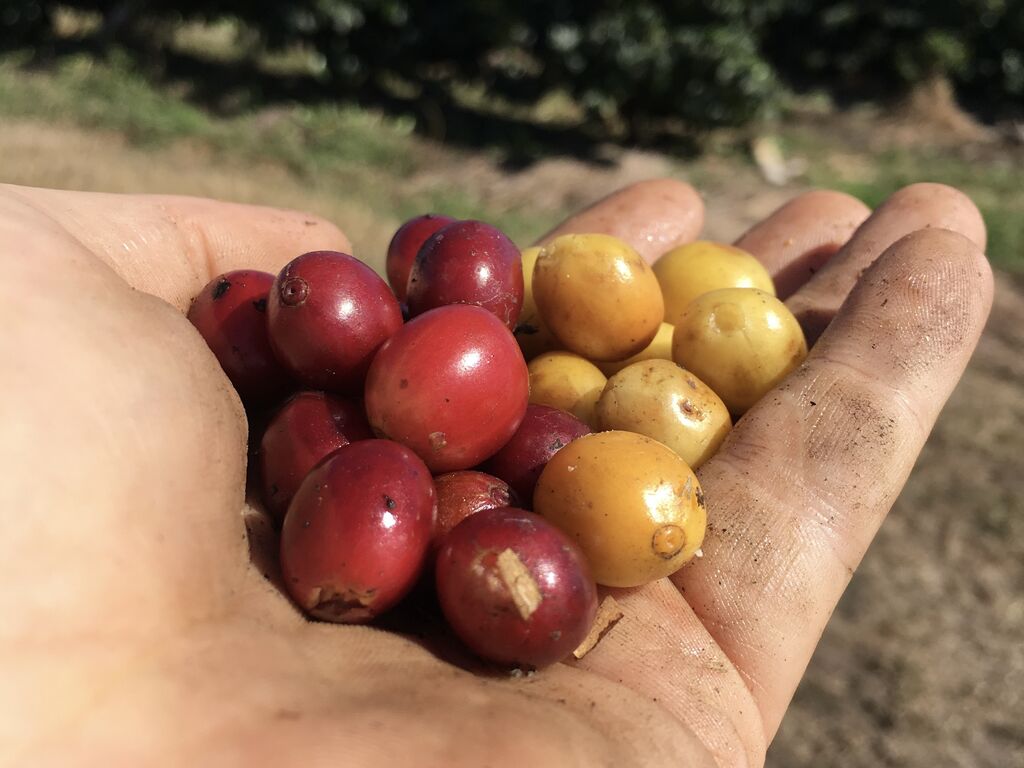
Those in the coffee industry say there are three main flavour profiles – chocolatey, nutty caramel, and fruity.
But where does the flavour come from? How does it get there?
Oliver James, master roaster and barista behind Tattooed Sailor and Guyala Café in Cairns, tells Tropic Now why ‘the source’ is so integral to quality coffee.
##BA##
Words: Oliver James
Coffee farmers have the most influence over the flavour in your cup – by between 60 and 95 per cent in fact, depending on who you ask.
The challenge for us as coffee roasters is to cook the green beans in a way that enhances their natural flavours.
Baristas are always aiming to extract the best version of that roasted bean’s flavour potential.
The magical red coffee cherries have been processed in more or less the same way for hundreds of years.
These methods include pulping the fruit, washing the seed and drying it in its parchment in the sun (called washed process), or sun drying whole ripe cherries (called natural process).
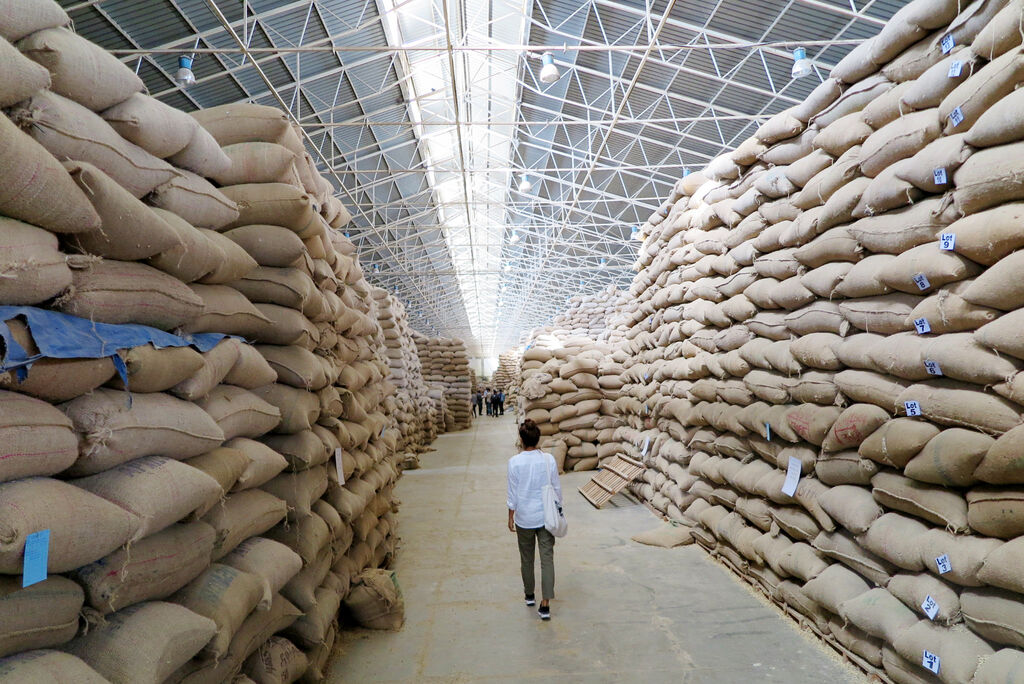
Natural process coffee can produce incredible dried fruit characters in the cup!
Excitedly, coffee processing has been innovating in the last decade, taking influence from the wine industry and experimenting with new methods like carbonic maceration, anaerobic fermentation and yeast inoculation.
##PQ##
By removing oxygen in the fermentation process farmers can create a broader range of incredible flavours.
At my roastery, Tattooed Sailor, we are lucky enough to have a Colombian bean that is carbonic macerated.
It smells like bubble-gum as it’s being ground and tastes like a complex tropical fruit juice. Totally delish!
My first trip to an international coffee farm was over six years ago to judge the Best of El Salvador Coffee Farming Competition.
The winner produced a very high-scoring clean, sweet mango and papaya flavoured coffee using a hybrid processing technique and honey process; aptly named for the very sticky mess the beans get into while drying.
Over the past three years I’ve been working alongside Skybury at their coffee farm near Mareeba.
It’s been great to learn the challenges of coffee agriculture in Australia and sharing some of these exciting new processing techniques from around the world.
This experimentation in processing is leading to a much deeper understanding of the science of coffee processing, giving farmers a greater level of control and ultimately achieving higher and more sustainable prices.
So much can go wrong; unripe and overripe cherries that get through the quality controls, over fermentation in tanks, over drying in beds, hotter and drier climatic conditions.
These challenges result in poor cup quality and poor prices.
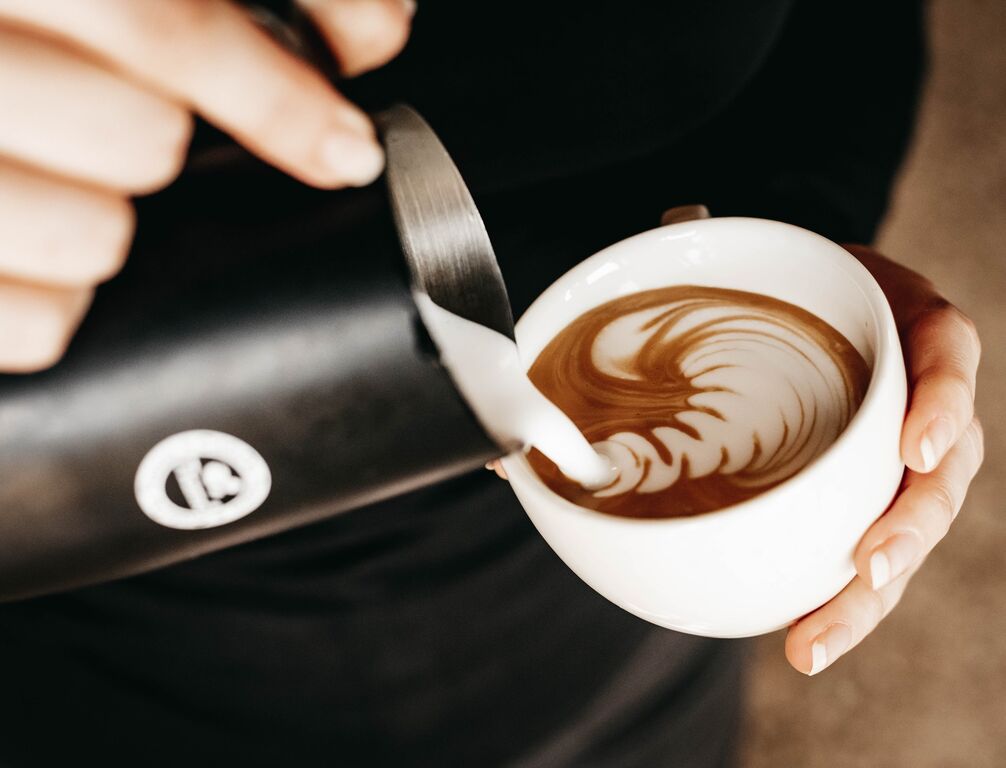
At the end of the day, incredible new flavours cost money to produce, from extra equipment to the skills that go into this level of control at the agricultural level.
For roasters, these coffees are often double or triple the cost, but so worth it.
Next time you see one of these premium coffees at your favourite café, give it a go!
An edited version of this story originally appeared in Tropic magazine Issue 30.
Main points


